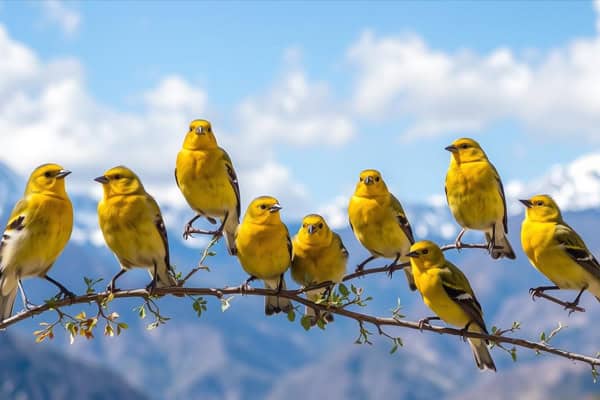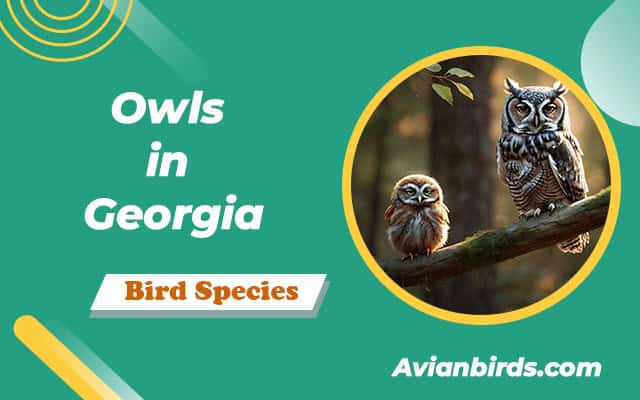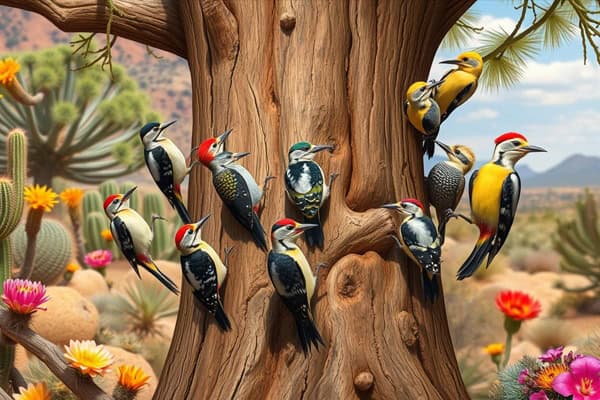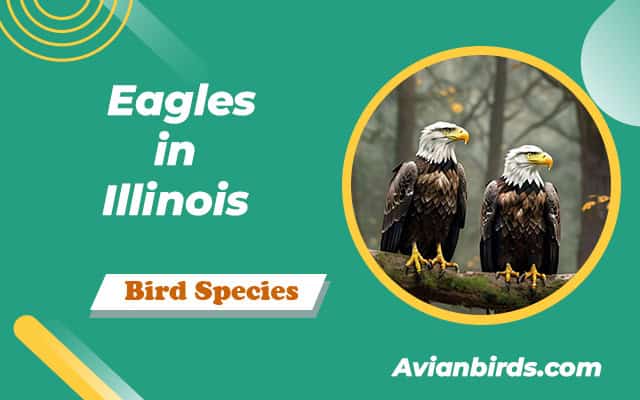Hummingbirds in Maryland (5 Species With Photos)
Hummingbirds are amazing little birds that add a special touch to the beautiful landscapes of Maryland. You can find them in various places, like colorful gardens, along the coast, and lovely woodlands. Each of these spots attracts different types of hummingbirds.
This article will explore what makes these tiny birds so unique. We’ll look at their special features, interesting behaviors, and their importance as pollinators in our ecosystem. Watching their bright feathers, swift flying, and charming courtship dances is a joyful experience!
Let’s dive into the world of hummingbirds in Maryland. Plus, we’ll share tips on creating spaces in your backyard that welcome these delightful birds.
The Ruby-Throated Hummingbird is the main hummingbird you can definitely spot in Maryland. While other types of hummingbirds have been seen here, they usually show up by chance and are quite rare.
Common Hummingbirds Found in Marland
- Ruby-Throated Hummingbird
- Black-Chinned Hummingbird
- Calliope Hummingbird
- Rufous Hummingbird
- Anna’s Hummingbird
Overview of Hummingbird Species
Maryland is home to a vibrant overview of hummingbird species. The Ruby-Throated Hummingbird is a common sight in gardens and parks during warm months. Other species like the Black-Chinned, Rufous, Calliope, and Anna’s Hummingbird also visit, adding to the Maryland bird species.
Learning about these birds helps us better identify them. The Ruby-Throated Hummingbird stands out with its bright colors, while females are less colorful. The Black-Onned Hummingbird is known for its unique throat color.
Knowing when these birds migrate helps us plan to see them. Each species brings new excitement and teaches us about its role in nature, making birdwatching in Maryland more rewarding.
1. Ruby-throated hummingbird
- Scientific Name: Archilochus colubris
- Size: 7.5–9 cm (3–3.5 in)
- Weight: 2–4 g (0.07–0.14 oz)
- Lifespan: 3–5 years
- Diet: Nectar, small insects, and spiders
The Ruby-Throated Hummingbird is a bird that captures the hearts of those who watch them in Maryland. Learning about their looks, how they live, and how we can help them is key to enjoying these birds.
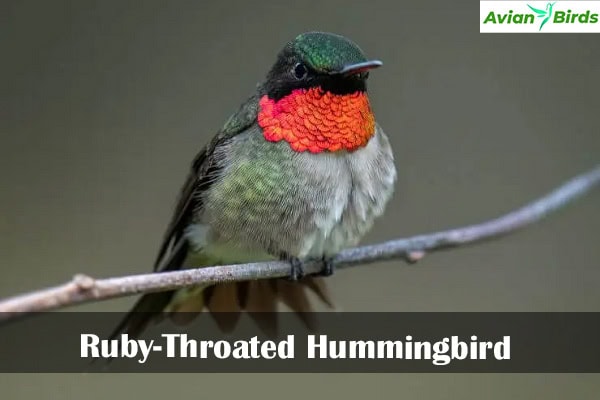
Identification and Characteristics
Ruby-throated hummingbirds, known as Archilochus colubris, stand out with their bright colors. Males have a red throat patch against green feathers, measuring 3 to 3.75 inches long. Females are less colorful but still have the same size. Their unique look makes them easy to spot in Maryland.
Nesting and Feeding Behavior
These birds build their nests on tree branches. They use spider silk and plant down to make a small, cup-shaped home. They eat nectar from flowers and insects, which gives them the energy they need in summer.
Conservation Efforts
Conserving Ruby-Throated Hummingbirds means protecting their homes and spreading the word about their needs. Groups suggest planting flowers that give nectar and saving natural places for these birds. It’s important to talk about dangers like losing homes and hitting windows to keep these birds safe.
2. Black-Chinned Hummingbird
- Scientific Name: Archilochus alexandri
- Size: 8–10 cm (3.1–3.9 in)
- Weight: 3–4 g (0.11–0.14 oz)
- Lifespan: 3–5 years
- Diet: Nectar and small insects
The Black-Chinned Hummingbird, known as Archilochus alexandri, is a sight to behold with its vibrant look and quick flight. It’s a medium-sized bird, about 3-4 inches long. Males have a unique black throat that shines with bright violet colors. Females are more subdued, with a greenish-gray look. Knowing how to spot this bird is key for bird lovers.
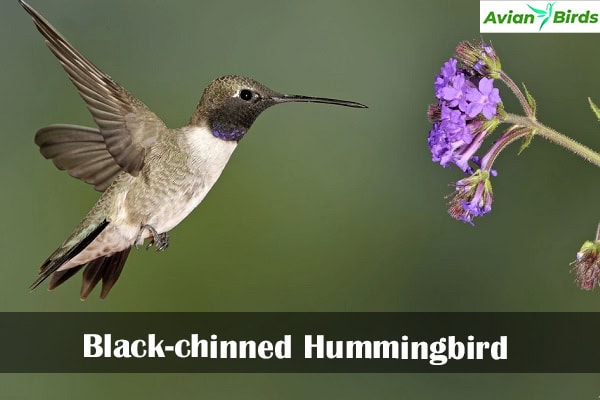
Identification and Characteristics
This bird stands out with its eye-catching features. It’s known for its amazing flying skills and feeds mainly at twilight. Watching it zip through flowers is a treat for anyone.
Behavior and Habitat
Black-Chinned Hummingbirds love areas with flowers that bloom at dawn or dusk. They eat insects while flying, showing off their hunting skills. Knowing where they live helps us support their survival.
Conservation Challenges
These birds face big challenges, and saving their homes is crucial. Seeing them in Maryland is rare, showing how important it is to protect their habitats. We must act fast to keep this beautiful bird around.
3. Calliope Hummingbird
- Scientific Name: Selasphorus calliope
- Size: 7.5–9 cm (3–3.5 in)
- Weight: 2–4 g (0.07–0.14 oz)
- Lifespan: 3–5 years
- Diet: Nectar and small insects
The Calliope Hummingbird, known as Selasphorus calliope, is a favorite among birdwatchers. More, It’s small and has beautiful colors. It’s the smallest bird in the U.S., standing at 2.75 to 3.25 inches tall.

It’s easy to spot because of its unique look. Males have bright magenta throat streaks, and females have dark spots on their throats. These features make it stand out.
Identification and Unique Features
The Calliope Hummingbirds of Maryland are more than just small. Males have a shiny throat that changes colors in the light, and females are softer in color but just as beautiful. Seeing these colors in sunlight is a treat for anyone who sees them.
Nesting Habits
These birds like to nest high up, often in mountains. They also build their nests with great care, using fine plant fibers to make a safe spot for their babies.
They add lichen to the nest to enhance its appearance and hide it from predators, which helps keep their babies safe.
Environmental Concerns
The Calliope Hummingbird faces big environmental challenges. Climate change is changing their habitat and making it hard for them to find places to nest, and human activity, such as building things, is making it tough for them.
We need to work to protect their homes. This will help the Calliope Hummingbird survive.
| Feature | Description |
|---|---|
| Size | 2.75 – 3.25 inches |
| Male Identification | Vibrant magenta throat streaks |
| Female Identification | Dark spots on a white throat |
| Nesting Altitude | High mountainous areas |
| Nesting Material | Fine plant fibers and lichen |
| Environmental Threats | Climate change and human encroachment |
4. Rufous Hummingbird
- Scientific Name: Selasphorus rufus
- Size: 7.5–10 cm (3–4 in)
- Weight: 3–4 g (0.11–0.14 oz)
- Lifespan: 5 years
- Diet: Nectar, small insects, and spiders
The Rufous Hummingbird, or Selasphorus rufus, is a species we might see during migration. It stands out with its bright orange-red feathers, which makes identifying it easy, especially the males. These birds travel over 3,000 miles to reach their winter homes in Mexico.
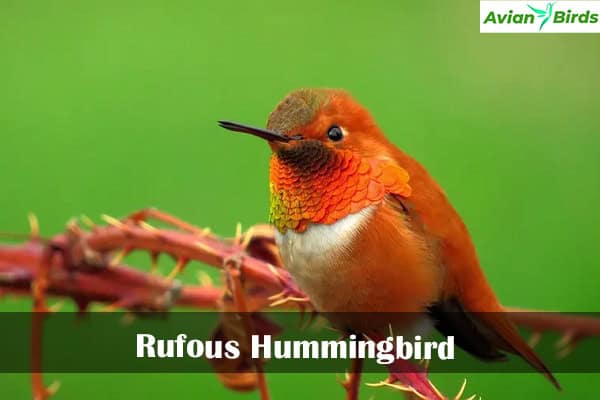
Identification and Migration Patterns
Rufous Hummingbirds of Maryland are known for their bright colors. They visit Maryland in spring and fall. Their long migration shows their strength as they search for food and places to nest.
Nesting Behaviors
Rufous Hummingbirds are adaptable nest builders. They build their nests using plant fibers, spider silk, and feathers. These nests are often hidden in shrubs or trees, keeping their babies safe from predators and bad weather.
They often move their nests to find better places. This shows how resourceful they are in meeting their needs.
Food Sources and Habitat Needs
Rufous Hummingbirds need certain foods to stay energized. They eat nectar from flowers and insects for protein. They prefer areas with lots of native flowers. This helps them get the nutrients they need to live actively.
Supporting these habitats is important for these beautiful birds during their migrations.
5. Anna’s Hummingbird
- Scientific Name: Calypte anna
- Size: 9–10 cm (3.5–4 in)
- Weight: 3–4 g (0.11–0.14 oz)
- Lifespan: 4–5 years
- Diet: Nectar and small insects
Anna’s Hummingbird, known as Calypte anna, is known for its bright pink crown and charming nature. This bird is not just beautiful to look at. Their courtship shows are a big hit with birdwatchers and nature fans.

Characteristics and Courtship Displays
Anna’s Hummingbird has bright green and pink feathers, especially the males. When they show off, they do amazing dives and make beautiful sounds. These displays help them find mates and show off to other males.
Nesting Preferences
Anna’s Hummingbirds like to nest in places with evergreen trees. They use fine plant fibers and moss to make their nests, which helps keep them safe from predators and shows that they like certain types of places.
Hummingbirds in Maryland: Where to Spot Them
To spot hummingbirds in Maryland, we need to know where they like to be. We should visit places that have lots of flowers they like. Parks, gardens, and nature reserves with native plants are perfect for these birds.
Some of the best spots include:
- Botanical Gardens: Brookside Gardens in Wheaton has many flowers that hummingbirds love.
- Parks: Patapsco Valley State Park has different kinds of places that hummingbirds enjoy.
- Natural Reserves: Blackwater National Wildlife Refuge is full of life and great for seeing hummingbirds.
- Backyards: By planting native plants and using feeders, we can make our yards welcoming for hummingbirds.
With some planning and care, we can really increase our chances of seeing hummingbirds in Maryland. Make sure to visit these spots during the warmer months when they’re most active.
Creating a Hummingbird-Friendly Garden
Creating a garden for hummingbirds is a rewarding project. It makes our outdoor spaces better and brings these lovely birds to visit us. We should plant native species with flowers that have a lot of nectar. These flowers are perfect for hummingbirds, making them key to drawing them to our yards.
To help, we can use feeders with a mix of four parts water to one part sugar. Keeping these feeders clean and placing them near flowers makes a great spot for hummingbirds. It’s important to keep our garden safe from predators like cats, which can scare away hummingbirds.
Here are some tips for creating a hummingbird-friendly garden:
- Choose native plants like bee balm, salvia, and columbine that thrive in our region.
- Install multiple feeders to accommodate more hummingbirds and prevent competition.
- Avoid using pesticides, which can be harmful to these delicate birds and their food sources.
- Add water sources like birdbaths with shallow areas for drinking and bathing.
- Provide shelter, such as shrubs and trees, which offer protection and nesting sites.
Read More 🐦 Related Articles:
| Birds with Long Beaks |
| Birds Chirping at 3AM Spiritual Meaning |
| Mythical Birds and Creatures |
| What Are Safe Paints for Bird Baths |
| Red Birds In Michigan |
Conclusion
Hummingbirds in Maryland capture our hearts with their beauty and important role in nature. They help pollinate plants, making our ecosystem healthier. By learning about their nests and what they eat, we appreciate them more.
It’s key to protect hummingbirds and their homes to keep our gardens and nature rich in life. We can help by using feeders and planting flowers they like. Every action helps these amazing birds thrive.
Learning about hummingbirds in Maryland motivates us to act. We aim to keep them around for future generations to enjoy. Let’s work together to protect their homes and the world we love.


